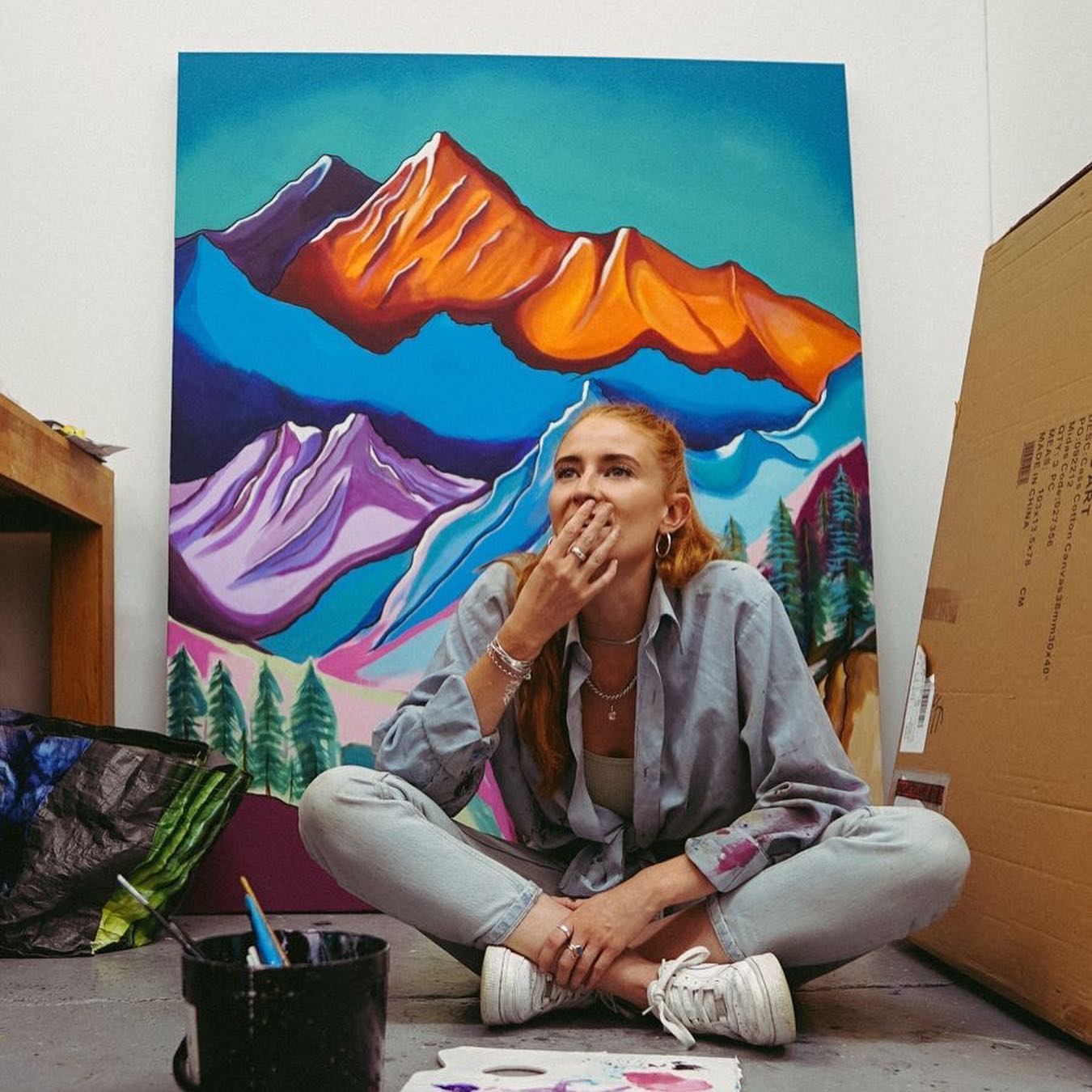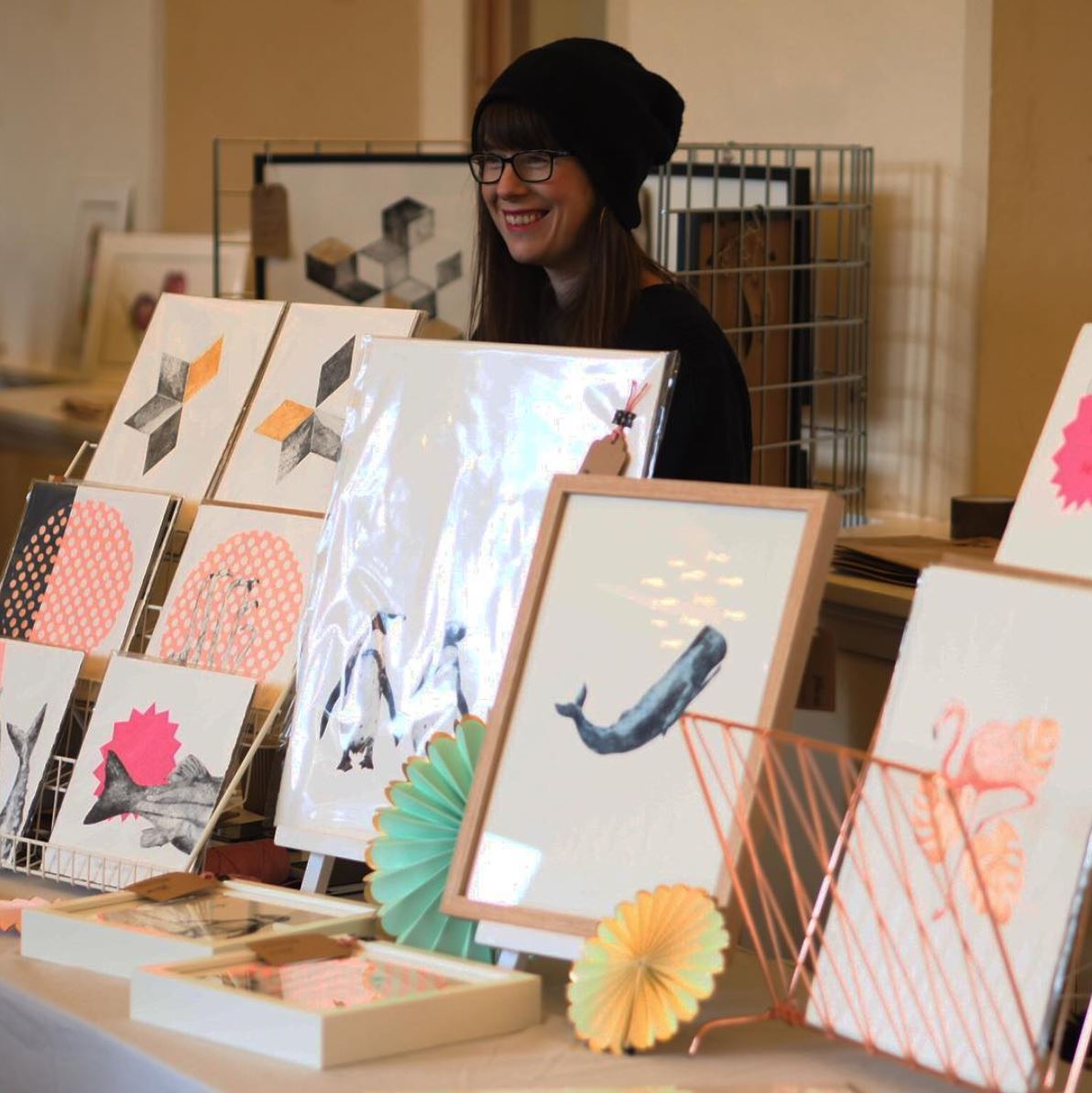London was built on a foundation of markets, makers, and craftsmanship.
There has been much discussion on how we can revitalise Britain’s high streets. A 2011 government-backed review cited; setting up new “town teams” to manage high streets at a local level, encouraging new street markets, national market day, and innovative uses of empty spaces as suggested solutions to our dying high streets towns.
‘Before the pandemic, footfall had dropped over 10 percent in the last 7 years. Data for November 2020 shows that footfall is at 45 percent compared to the same period last year.’ We cannot predict how long recovery will take, but the familiar sight of boarded storefronts across towns is a bleak sign.
London was built on a foundation of markets, makers, and craftsmanship, the tradition of guilds dating back to the 12th Century. ‘For hundreds of years, London’s economy and culture have been linked by the process of making things’, London Making Now.
The market was once a focal point of many London Boroughs such as, Petticoat Lane, Covent Garden, Portobello in Notting Hill. Those that diversified, such as Spitalfields with its offer of ‘showcasing incredible hand-crafted and hard-to-find pieces’ have become household names, whereas the standard high street market became synonymous with grey stalls, knock-off goods, and ‘3 for 2’ pashminas.
Carmel King has been documenting and promoting the importance of makers and manufacturers for over fifteen years. Her work aims to celebrate the diverse manufacturing and craft scene in the UK, however, also uncovers the struggles of many makers, such as Brexit, supply chain issues, affordable workspace, and the pandemic.
‘Cities such as London thrive off its creative industries and diverse manufacturing scene – you need the ‘messy’ alongside the ‘clean’.
If we preserve, amplify and facilitate the growth of these craftspeople they could revitalise our high streets and communities.
‘I believe cities and city spaces are central to creating opportunities & visibility for creative practitioners.’ Emmanuel Unaji.


Main Image: Benk & Bo Makers Market, Top Right Image: Make Shift Create Artist, Bottom Right: Spitalfields Market
The increased popularity in experience and storytelling provides an opportunity for markets to provide a new experience to highstreets. ‘Nearly six in ten consumers (57 percent) say they enjoy finding brands and retailers in non-traditional locations, with 23 percent visiting a pop-up store in the last year.’ Glazed ceramics, local sourdough, upcycled jewellery, and clothing have become integral to Instagram reels and Pinterest boards, but even more valuable is knowing the designer, maker, or Story Behind Things.
The need to become more connected digitally is now being reflected in real life. Consumers are now more aware and more conscious. After a year of lockdowns, nothing but a click, tap, ‘unmute’ and online Zumba to pass the time, we are moving towards an experience culture.
Many are still managing the impact of covid, however markets etc can be made accessible to all. We see many creative studios working to provide artists and makers with opportunities to engage with local communities, build presence and sustainability through, experiences and trade.
London based Cockpit Arts held Makers Markets in their studios across November and December. The market was a unique opportunity to meet and buy direct from the makers’ own studios and source one-of-a-kind gifts that are truly locally produced.
Building on its heritage of trade, markets, and craftsmanship, makers’ markets across London could combine natural retail components with cultural consumption spaces, as well as community engagement programmes and workshops.
A recent study from the Creative Land Trust showed that ‘Creative activities contribute to successful placemaking.’ and ‘Cultural landmarks help create place identity.’ Creative investment is integral to the development of our localities and is an integral part of planning for local authorities, town planners, and developers.
Creative commerce also offers opportunities to entrepreneurs and young people; Make Shift Create exists to open up opportunities for enterprising 16–25-year-olds. The organisation encourages creators from a wide range of disciplines to move into sustained employment or start a business, they regularly curate markets for individuals to share space and launch products.
Caramel Rock is a fashion and creative arts education charity based in Newham, that works with some of the hardest to reach inner-city children in England. The charity uses fashion as a means to attract and engage with people, providing knowledge and expertise of the working world
In addition to community and wellbeing, market stalls are a big draw for national and international tourism, sustaining London as a cultural leader. An example of recognising the potential of market traders in tourism is Shambles Market, York, where organisation partnered to modernise the market, attract more visitors and support its unique mix of local independent businesses and produce – including crafts, clothing, and gift ideas.
Whether it’s in a car park, high street, studio or gallery, opening doors and inviting people into experience creativity commerce, and culture through artist and makers markets has immense potential impact for highstreets, businesses owners, communities, and more.

